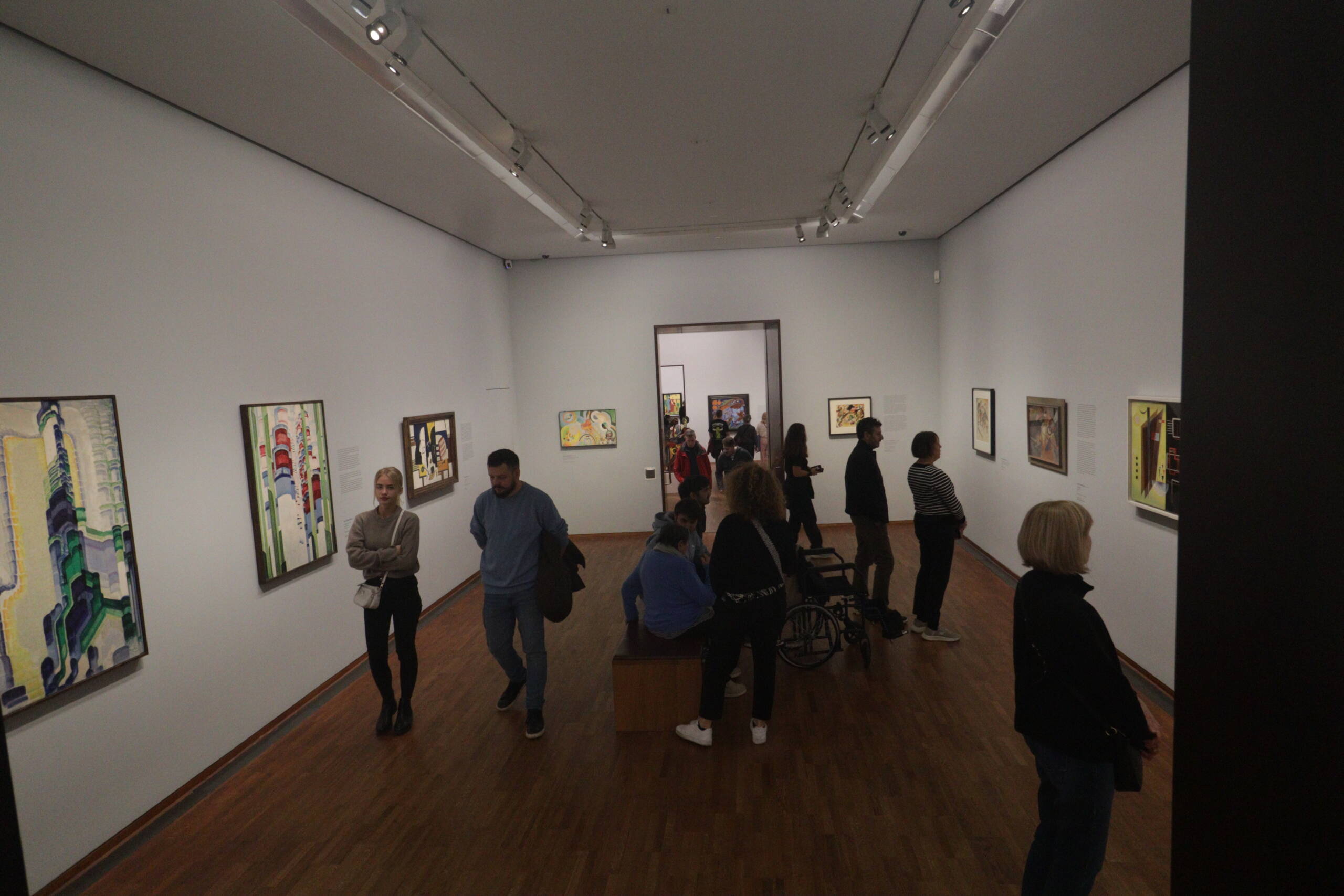The Albertina isn’t just another stop on Vienna’s long list of museums—it’s a place that lingers in your memory because it constantly surprises you. What makes it stand out is the way it shifts under your feet. One moment you’re standing in a room dripping with Habsburg grandeur, parquet floors gleaming, chandeliers hanging heavy above, mirrors catching your reflection as if to remind you that this was once the home of princes. And then, almost without noticing the transition, you’re in a clean, white gallery where bold canvases shout with color, geometry, and freedom. The contrast feels deliberate, like the museum wants you to feel the jolt between old-world refinement and the daring energy of modern art. It’s not a compromise between the two—it’s a collision, and that’s what makes the Albertina unforgettable.

The collection itself is staggering. The sheer scale—nearly a million prints and over 60,000 drawings—would be intimidating if it weren’t so beautifully curated. You can stand in front of Albrecht Dürer’s Hare and feel as though every strand of fur has been frozen in time. Turn a corner, and suddenly you’re with Monet, watching water lilies ripple under his brushstrokes. A few steps further and Picasso breaks those lilies into fractured lines, showing you how seeing itself can be reinvented. It’s this fluidity that defines the Albertina: it refuses to let art remain static. The drawings, the etchings, the paintings—they form a chain, each one tugging you into the next, a centuries-long dialogue on paper and canvas.
But it’s not only about what’s on the walls—it’s also about how the museum feels when you’re inside. There’s a kind of quiet hum in the air, the sound of footsteps softened on wood, the hushed conversations between visitors who pause and tilt their heads just slightly as they try to absorb what they’re seeing. The modern galleries carry a sense of openness, as if the space itself encourages experimentation. The state rooms, by contrast, wrap you in layers of history, almost demanding a slower pace, as though the walls themselves expect you to bow to their grandeur. Together, those two moods create something you rarely find: a space where art is allowed to breathe in many registers at once.
And maybe that’s what makes the Albertina so compelling. It doesn’t let you remain a passive observer. You’re constantly negotiating between eras, between styles, between ways of seeing. One minute you’re marveling at the precision of a Renaissance drawing, the next you’re standing before a Kandinsky abstraction that asks you to surrender precision entirely and trust the flow of color and shape. It’s a museum that mirrors Vienna itself—layered, elegant, imperial, but also restless and forward-looking.
Visiting the Albertina is less about checking masterpieces off a list and more about walking through the evolution of vision. It asks you to see continuity where others see rupture, to embrace both tradition and rebellion in the same breath. And when you finally step back outside, the city feels different. The grandeur of Vienna’s palaces seems infused with the energy of its avant-garde artists, and the modern buzz of the streets seems to carry whispers of its aristocratic past. That’s the gift of the Albertina: it shows you that art, like the city around it, is never one thing, but always many things at once.
Leave a Reply